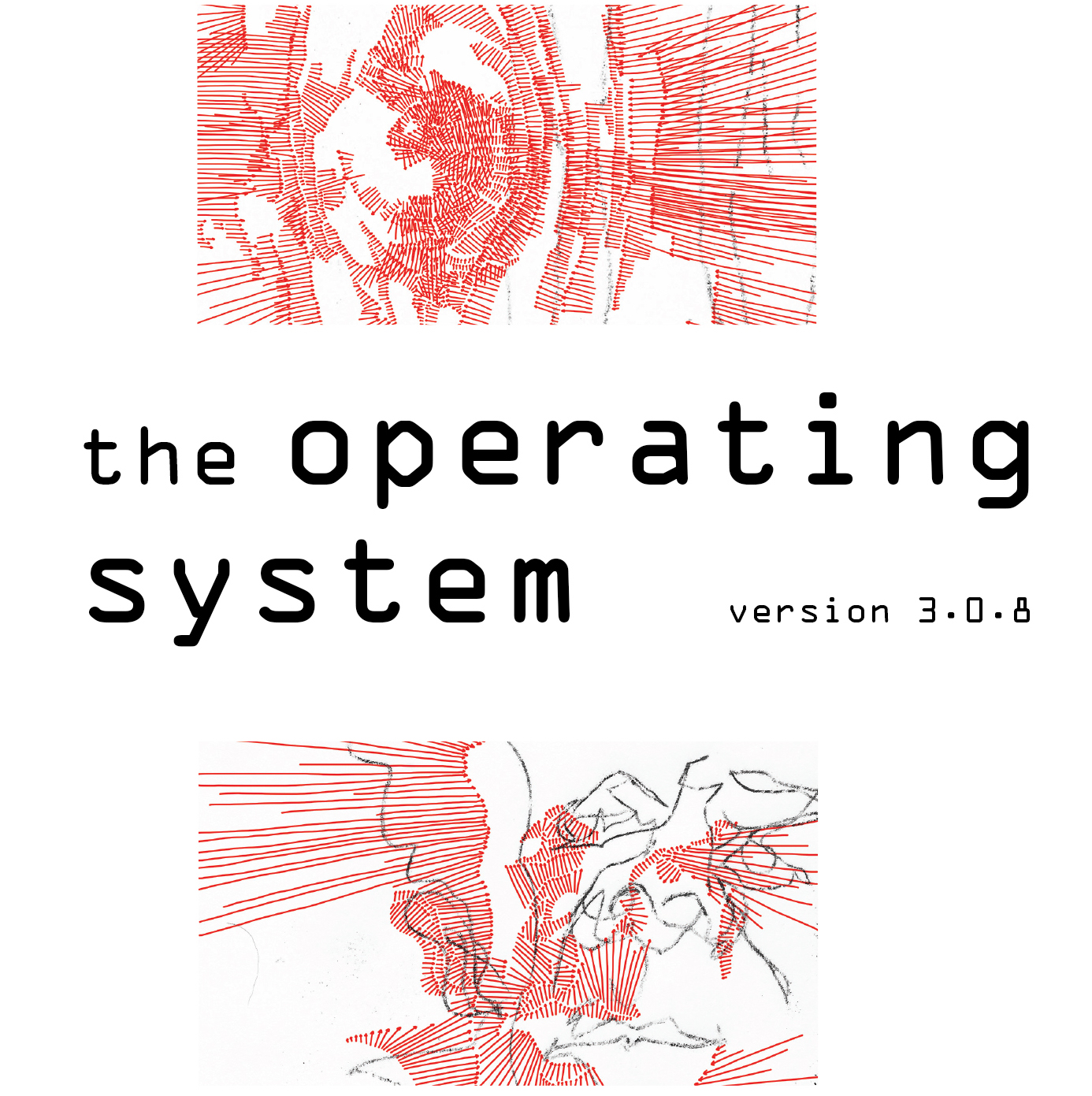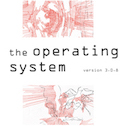FIELD NOTES :: CONSULTATIONS WITH THE BUREAU OF SELF-RECOGNITION :: CHLOE BASS with DAVID ANDERSSON
“The Bureau of Self-Recognition is a performance and installation project designed to track the process of self-recognition and its myriad outcomes. Through individual exercises, spatial investigations, video and audio recording, lectures, and experiential performance, the Bureau brings together the clinical and the personal in a unique institutional environment.”
Artist Chloë Bass — who conceived of and facilitates the Bureau’s work — will be documenting the interdisciplinary results of the Free Consultations it offers as part a special Field Notes series dedicated to this mindful process-driven project. Meet Chloë and learn more about this ongoing series here, in our introductory interview. The Self-Recognition Consultation Field Notes will share both instructions provided by the Bureau and responses/documentation produced by participants.
The following is a record of work between the Bureau of Self-Recognition and David Andersson. David chose drawing as the response medium for his work.
For the Bureau of Self-Recognition’s Free Consultation program, everyone is given the same first exercise: a brief examination of one’s self in the mirror. The steps are as follows:
Look in the mirror.
Please make a record after 5 seconds of staring at the image in the mirror.
Make a second record after 15 seconds of staring.
A third after 30 seconds.
A fourth after 1 minute.
Keep making records until you feel finished.
Guiding questions:
1. What is your first reaction?
2. What is the first physical behavior that you notice?
3. How does the exercise change over time?
4. Is this you?
David sent in drawings along with the following text:

1. My first reaction was that I was pleased. I haven’t drawn in a while, and I enjoyed this exercise. I haven’t really inspected my face in a mirror in a while either. I was surprised by how poorly I remembered the placement of my scar in relation to my eyebrows!
2. I started tilting my head up and down to watch the shadows from the overhead light play on my face.
3. At first, I really only focused on a couple parts of my face — my eye and the small scar on my forehead. In each subsequent period of staring, I began paying attention to other parts of my face, as well as my posture, shadows, and surroundings. As the exercise progressing, it was a little difficult to remember what I had been focusing on in the most recent period of staring and what I’d noticed earlier. I also found myself correcting things in earlier drawings (the placement of my scar, the coloring of my irises, the lines under my eyes).
4. Yes, it’s me.
David was given a personalized second exercise, as follows: “For Exercise Two, I ask that you address the idea of flow, which came up during your initial intake request, coupled with a sense of developing self time. All that I want you to do is set aside a set number of minutes to yourself every day. I am thinking 20 minutes. Please let me know if this seems like not enough. It could really be any amount between 20 minutes and one hour, as long as it’s the same amount of time every day. Then, after you have completed this time with yourself, make a drawing of your experience.”
Interspersed below, please find some of David’s daily drawings as well as some of thoughts he’s been having while making them.

I love the medium I chose, but I’m not sure it is conducive to my completing the exercise correctly. Instead of setting aside an amount of time each day to myself and then making a drawing of the experience after I’ve completed that time, I often end up spending that time drawing. So, I have a very enjoyable experience drawing, but usually the drawing ends up being of something I’m thinking about, or even of myself, but is not exactly a reflection on my self time.

I’ve looked at my days and seen where my time to myself fits in – and often it’s in small chunks or moments, and often the result of walking to and from places or waiting for things. In fact, I have a 20-minute walk to and from work each day. I find myself wishing abstractly for more time to spend on personal creativity, but I almost always prioritize spending time with my partner, or socializing with my friends, or doing necessary things around the house. I don’t necessarily think my prioritization is wrong, but I’ve seen how difficult it is to insert self-time into a pre-existing daily lifestyle.

I have made an observation: it seems easier for me to justify self-time when I think about it as augmenting the self-time I already have as a part of my daily life, as opposed to inserting it anew. By that, I mean that when I come at by saying “I’d really like to sit down and read a whole chapter of that book I started” or “Instead of walking straight to the grocery store, I’m going to take a stroll around the neighborhood first,” I don’t feel the same “cheating” feeling as when I say “I’m going to spend 30 minutes each day on myself. In what capacity shall I do that today?”
__________________________________________________________________________________________
Chloë Bass is currently living and working in Stuttgart, Germany; the work of the Bureau and its clients is international, drawn from a wide pool of participants.
You can find the Bureau here: bureauofselfrecognition.com
The Bank of the Bureau of Self-Recognition (bureauofselfrecognition.com/
Please be sure to let the artist know you are from the Exit Strata community when you contact her!
ONWARD.


